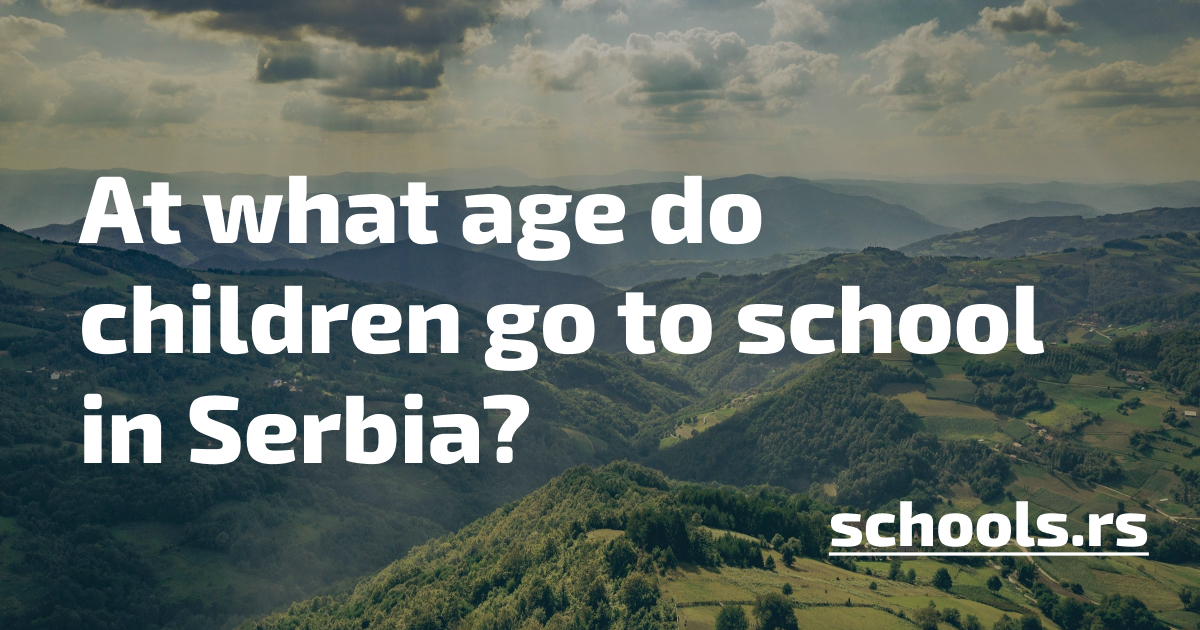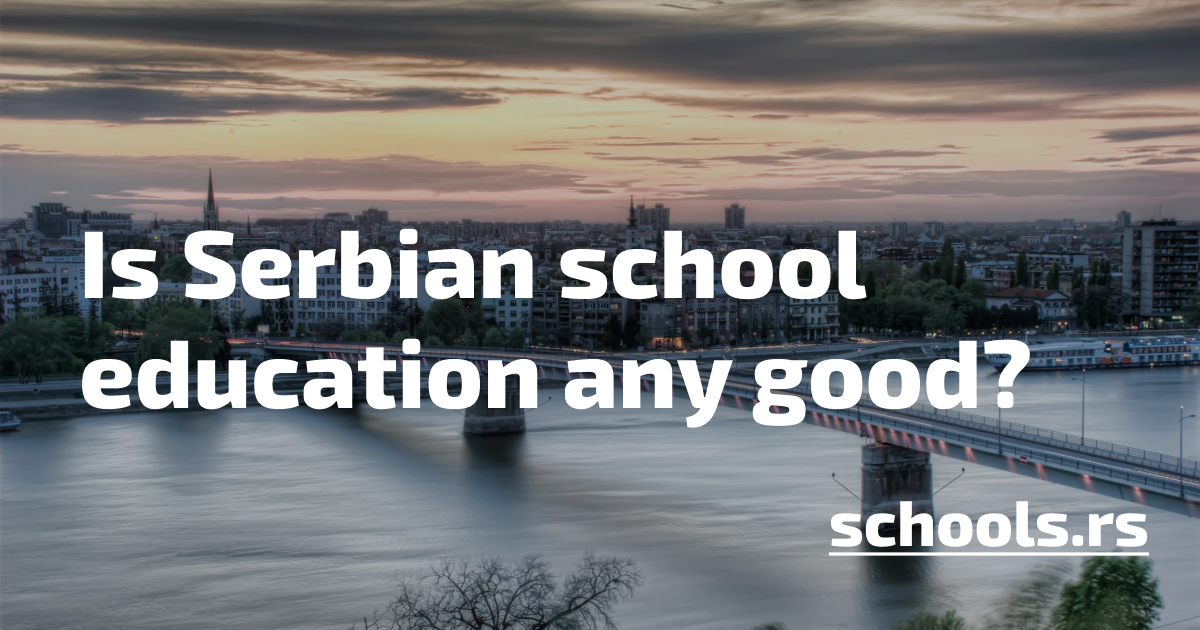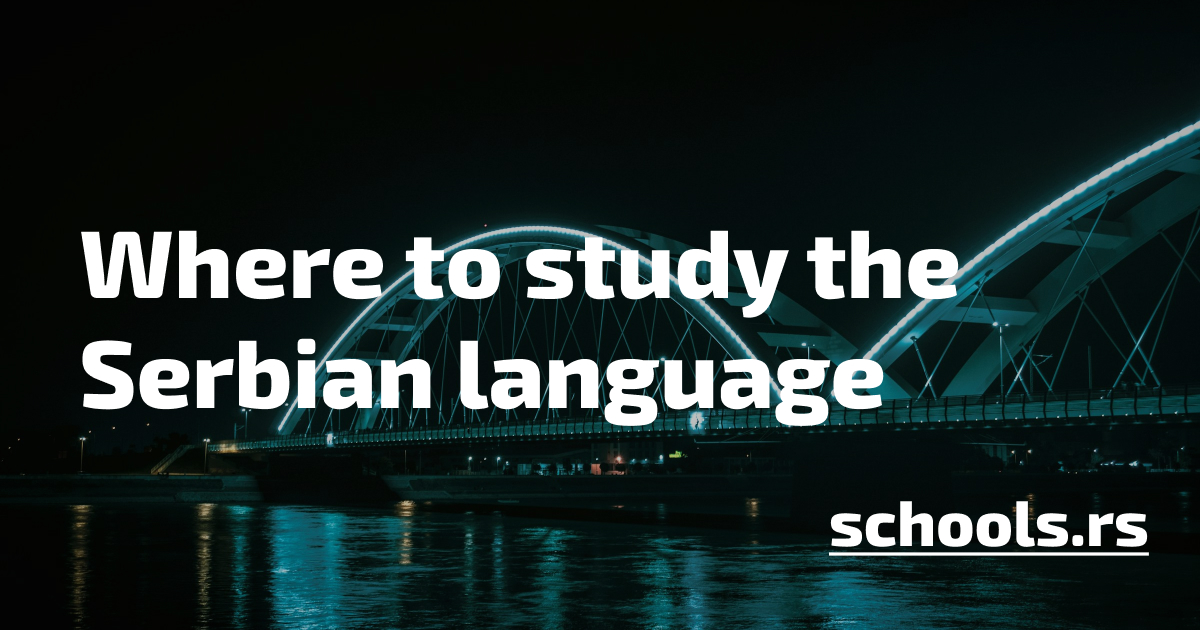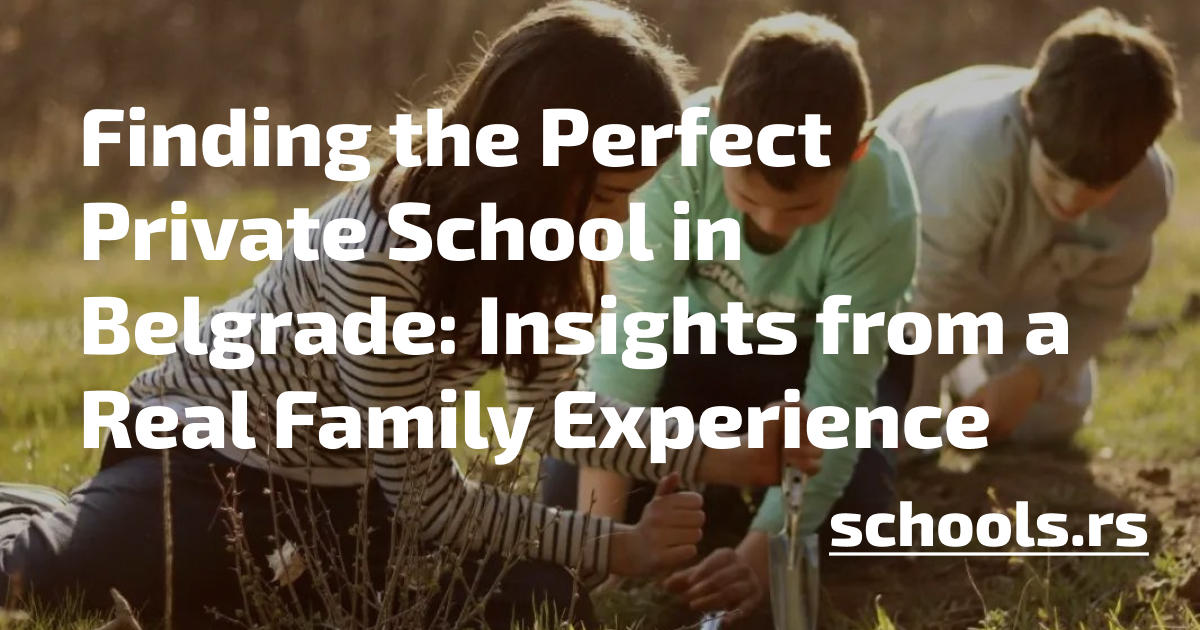What is taught in Serbian primary schools
By Konstantin Levushkin · 3 minute read · Updated on June 3, 2024
What elementary schools teach is described in their program (školski program), which is always published on the school’s website. It contains the curriculum, subject programs, a list of textbooks, and other information. Programs in all elementary schools are very similar, but not identical.
Curriculum
The curriculum (plan nastave i učenja) is essentially a list of subjects with their corresponding hours. It is developed by the Ministry of Education and is very similar across all schools, with only elective subjects varying.
The plan is divided into two cycles (ciklus): grades 1-4 and grades 5-8. The first cycle has 4-5 lessons per day, and the second cycle has 6-7.
First Cycle: Grades 1-4 1
Mandatory Subjects
- Serbian Language — 5 hours per week
- English Language — 2 hours
- Mathematics — 5 hours
- The World Around Us (Svet oko nas) — 2 hours, first 2 grades
- Nature and Society — 2 hours per week, starting from grade 3
- Art — 1 hour in the first year, 2 hours starting from grade 2
- Music — 1 hour
- Physical Education — 3 hours
- Digital World (Digitalni svet) — 1 hour
Elective Subjects
- Civic Education or Religious Education (parent’s choice) — 1 hour
Second Cycle: Grades 5-8 2
Mandatory Subjects
- Serbian Language and Literature — 5 hours per week
- Mathematics — 4 hours
- English Language — 2 hours
- Second Foreign Language (school’s choice) — 2 hours
- Art — 2 hours
- Music — 2 hours
- History — 1 hour, 2 hours in grades 6-8
- Geography — 1 hour, 2 hours in grades 6-8
- Physics — 2 hours, starting from grade 6
- Biology — 2 hours
- Chemistry — 2 hours, starting from grade 7
- Technical and Information Education — 2 hours
- Physical Education — 3 hours
Elective Subjects
- Civic Education or Religious Education (parent’s choice) — 2 hours
- Free Educational Activities (Slobodne nastavne aktivnosti)— 1 hour
- Slobodne nastavne aktivnosti
-
These are mandatory elective classes that students choose each year from grades 5 to 8 from the options provided by the school. Over four years, students explore four different disciplines, for example, “Media Literacy”, “Entrepreneurship”, “Physical Exercises”, “Drawing, Sculpture, and Painting”.
Additional Classes
In theory, state schools have considerable freedom in forming additional education programs. However, since most schools in Serbia operate in two shifts, their capacity for additional classes is limited—there simply isn’t enough space and time. Therefore, schools typically offer only additional classes for core subjects (example).
Additional classes are divided into two types: supplementary and additional teaching. Supplementary teaching is for those who struggle with regular classes. These lessons often support students with IOP (see below). Additional teaching provides extra hours for a subject at the teacher’s discretion. Teachers also conduct lessons for final exam preparation in grade 8.
Subject Programs
Subject programs (outcomes, topics, and key concepts) are determined by the Ministry. However, how a subject is taught is decided by the school and the individual teacher (based on general methodological recommendations). For example, the school selects from a wide range of textbooks, and teachers may somewhat alter the order of topics.
If you want to better understand the content of educational disciplines, the easiest way is to read their programs or browse through textbooks.
Typical Subject Programs
First Cycle: Grades 1-4
Second Cycle: Grades 5-6, Grade 7, Grade 8.
Textbooks
Schools select textbooks from a list approved by the Ministry. There are more than 10 publishers in the Serbian textbook market, providing a wide variety. Schools publish a list of chosen textbooks on their website (spisak udžbenika).
In addition to official textbooks, teachers may use other materials, such as mathematics aids from the Archimedes Society or developments from the history teachers’ community Euroclio.
Individual Education Programs
Every student has the right to an individual education plan (IOP) under certain condition 3.
- IOP1 — an adapted education program for students with learning difficulties, such as adapting to a new school. This plan is often created for children for whom Serbian is not a native language. The plan may include additional language lessons, simplified assessments (e.g., the right to use a dictionary or translator), and other educational aids.
- IOP2 — a modified education program for students with special educational needs, such as intellectual disabilities. This plan is approved by a special interdepartmental commission upon request from the school or parent if IOP-1 does not yield positive results. The education program under IOP-2 can significantly differ from the standard one.
- IOP3 — an extended and deepened teaching and learning program for students with exceptional abilities. These plans are rarely applied in regular schools 4
Important. An IOP of any type can only be adopted after consultation with the parent (legal guardian) of the child. Parents have the right to initiate the IOP development process by approaching the relevant body: the school or interdepartmental commission (Interresorna komisija (IRK)).
Final Exam
At the end of grade 8, students take a final exam (završni ispit). The exam consists of three subjects: Serbian language, mathematics, and one elective subject. The results of the exams are considered for admission to secondary schools.
-
(http://demo.paragraf.rs/demo/combined/Old/t/t2020_04/PG_002_2020_001.htm)** ↩
-
(http://demo.paragraf.rs/demo/combined/Old/t/t2018_08/t08_0389.html)** ↩
-
https://www.paragraf.rs/propisi/pravilnik-blizim-uputstvima-utvrdjivanje-prava-individualni-obrazovni-plan.html ↩
-
https://zelenaucionica.com/zasto-iop-3-nije-popularan-u-nasim-skolama-i-kako-projektna-nastava-moze-da-pomogne/ ↩



